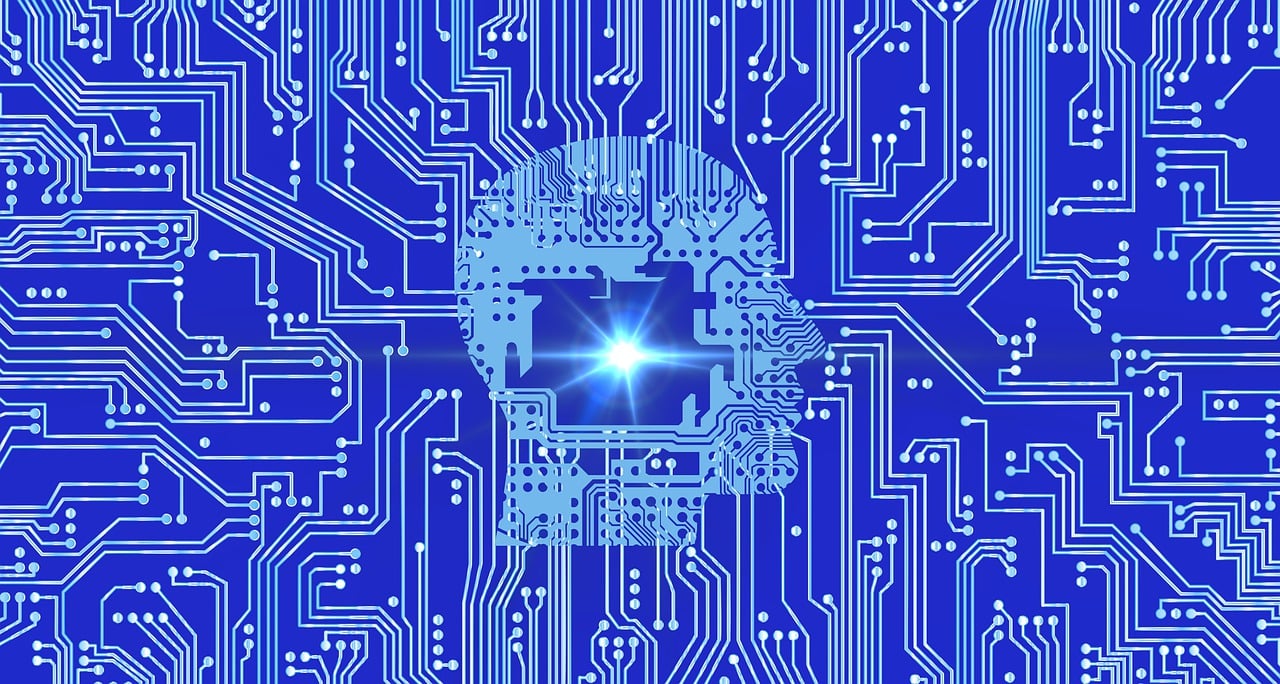Imagine teaching a toddler to recognize an apple. You’d show them pictures of apples, let them touch and feel one, and over time, they’d learn to identify an apple with ease. Neural networks work in a similar way, enabling machines to “learn” and process information like humans.
Let’s dive into the fascinating world of neural networks and understand how they help machines think and learn, using simple examples to make complex concepts easy to grasp.
What Are Neural Networks?
At its core, a neural network is a computer system inspired by the way the human brain works. Just like our brains have neurons that connect and pass information, neural networks consist of layers of “nodes” that process and transmit data.
For example, think of a neural network as a network of roads connecting cities (nodes). The information (cars) travels through these roads, reaching its destination to be analyzed and acted upon.
How Do Neural Networks Learn?
Neural networks learn through a process called training, which involves these key steps:
- Input Data: Just as a child learns by observing objects, neural networks take in raw data, such as images, text, or numbers.
- Example: Imagine showing a neural network thousands of photos of cats and dogs.
- Processing Layers: The network processes this data through multiple layers of nodes. Each layer focuses on specific features.
- Example: The first layer might look for edges, the next for shapes, and so on, until it identifies the unique features of a cat or dog.
- Learning Patterns: The network adjusts itself based on errors it makes during training, improving its accuracy over time.
- Example: If it wrongly classifies a dog as a cat, it learns from this mistake and adjusts the connections in its layers to do better next time.
Real-Life Examples of Neural Networks
Facial Recognition: When you unlock your phone with your face, a neural network is analyzing patterns in your features to match them with stored data.
Language Translation: Tools like Google Translate use neural networks to understand and translate sentences between languages.
Self-Driving Cars: Neural networks help cars recognize traffic signs, pedestrians, and other vehicles to make driving decisions.
Why Are Neural Networks Important?
Neural networks power many of the technologies we use daily, from recommendation systems on Netflix to virtual assistants like Siri. They excel at recognizing patterns, predicting outcomes, and automating tasks, making them invaluable in fields like healthcare, finance, and entertainment.
How Can You Learn About Neural Networks?
- Start Small: Begin with basics like understanding how algorithms work.
- Explore Tools: Platforms like TensorFlow and PyTorch make building neural networks easy for beginners.
- Take a Course: Enroll in beginner-friendly data science or AI courses to learn the fundamentals.
Neural networks are the foundation of artificial intelligence, helping machines “think” and make decisions. Understanding them opens the door to exciting opportunities in fields like AI, robotics, and data science.
If you’re fascinated by how machines learn like humans, explore neural networks further—it could be your first step toward building the technologies of tomorrow!


Leave a Reply